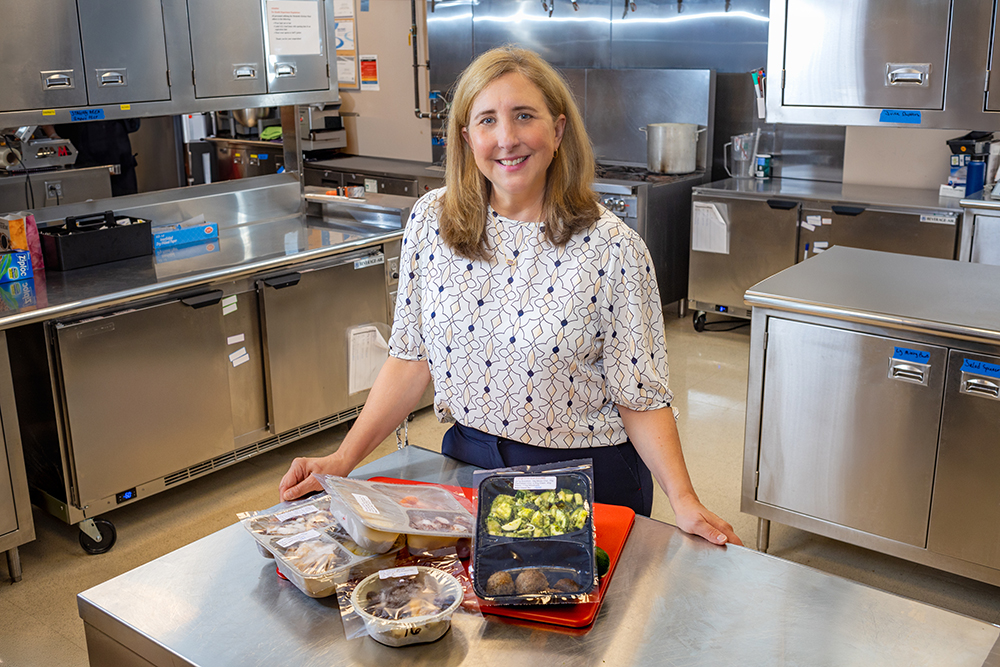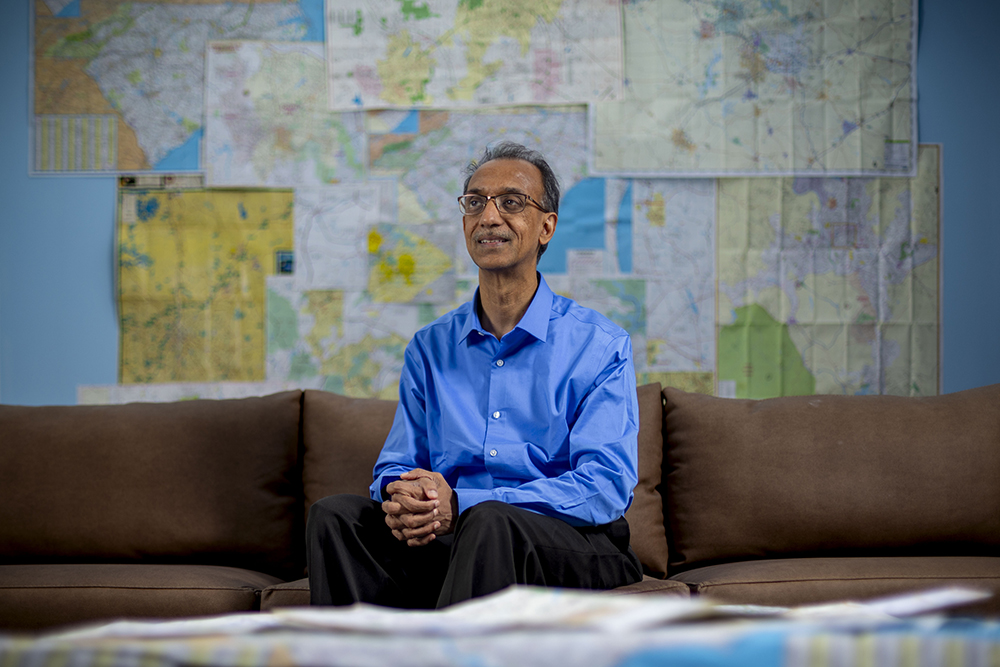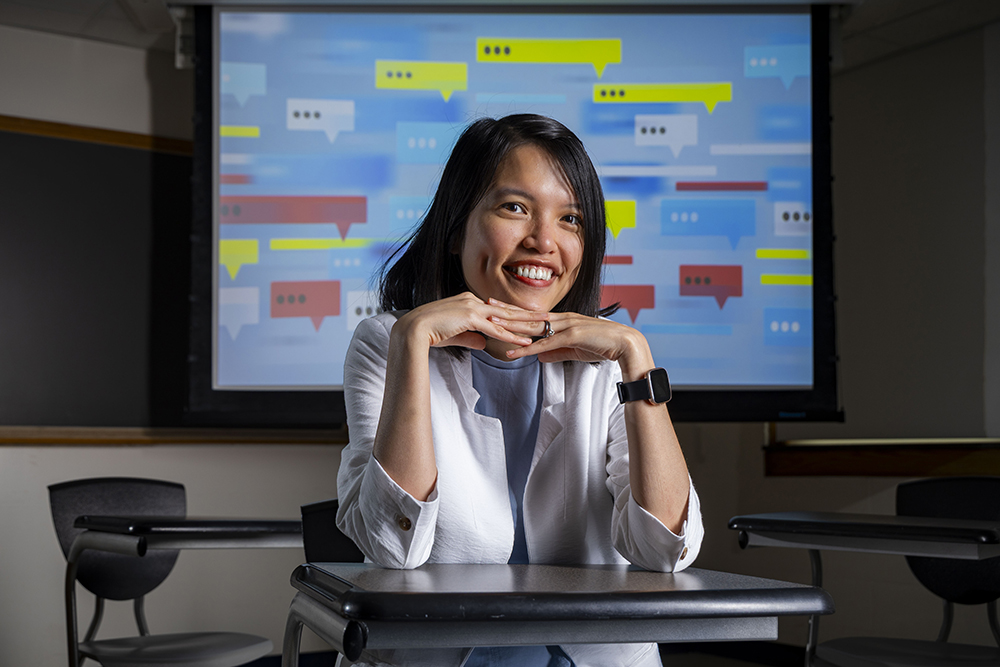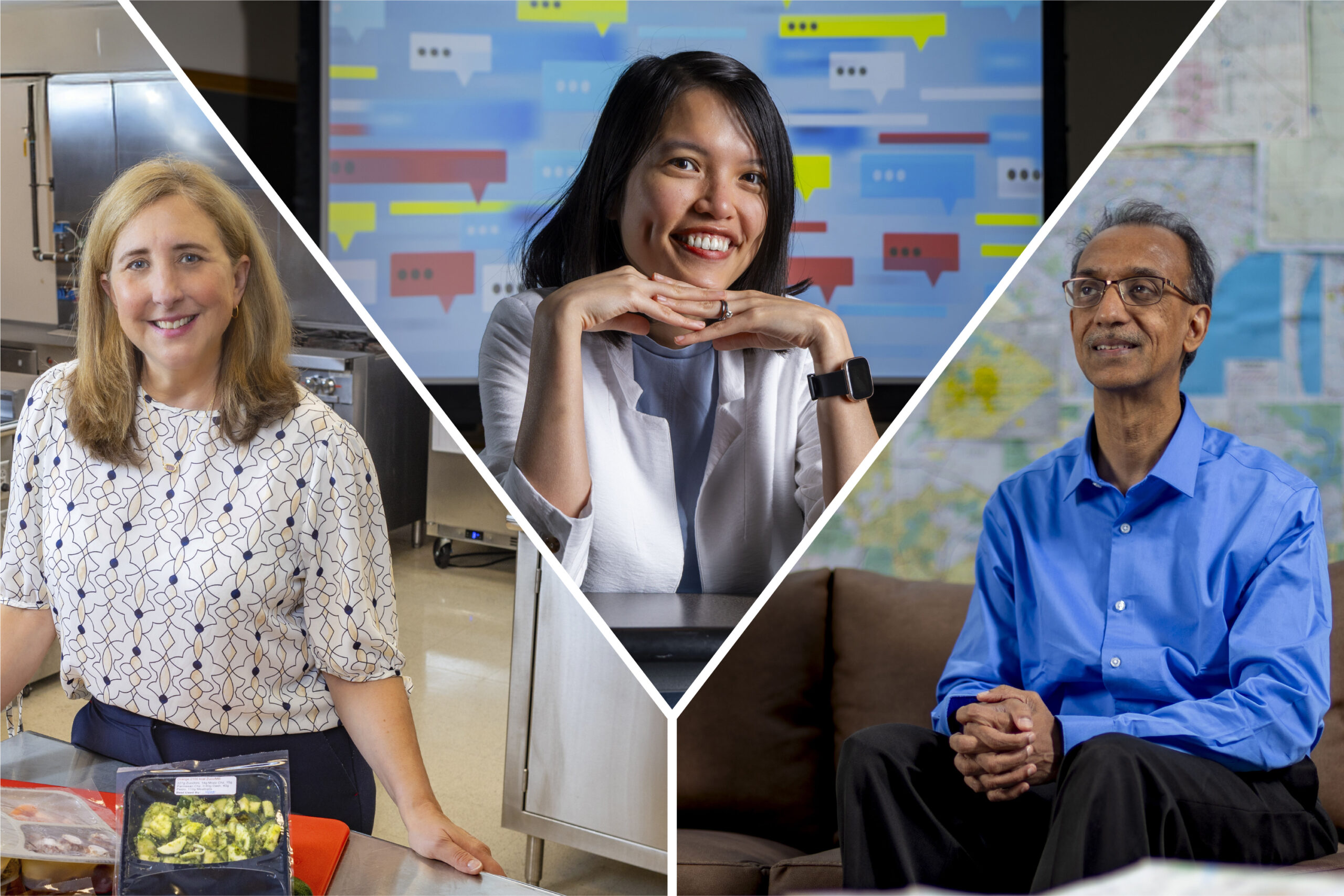Artificial intelligence (AI) is quietly working behind the scenes in many aspects of everyday life — from personalized recommendations on apps like Netflix and Spotify to predictive text and autocorrect features on smartphones.
And while it feels like AI has only existed for the last few years thanks to the emergence and growing popularity of agents like ChatGPT, the technology has a long and exciting past, stemming back to the 1950s when scientists wondered if machines could think and learn like humans.Early work focused on creating programs to solve problems, play simple games, and understand language. By the 1980s, scientists developed systems mimicking human expertise in specific fields. But the big breakthrough happened in the 2000s and 2010s with the rise of machine learning, a subfield of AI that enables computers to learn and improve from data without requiring explicit programming.
Instead of being given specific instructions on how to perform a task, machine learning algorithms learn from data to identify patterns. There are generally two types: supervised learning, which is trained on data to make predictions, and unsupervised learning, which isn’t.
These advances use AI to analyze vast amounts of data — and the technology keeps getting smarter. AI has the potential to serve as the foundation for the iterative process, allowing users to build on existing knowledge and gain new insights. Because of this, it is also revolutionizing research across various fields.
UNC-Chapel Hill researchers are leveraging AI in a variety of ways. Some are harnessing its power to advance health care by creating innovative diagnostics and personalized treatment plans that improve patient outcomes. Others are using it to analyze vast data sets, decode complex problems, and unlock new ways of understanding.
“As someone who’s always seen technology as a potential solution, AI is another advancement that can help us find answers,” says Deborah Tate, a nutrition professor in the UNC Gillings School of Global Public Health and interim director of the UNC Nutrition Research Institute. “It provides the opportunity to make extremely rapid advances. But while it’s exciting, it’s only as good as you train it to be.”
Impact Report
![]()
Carolina is a leader in the use of artificial intelligence (AI). From health sciences to journalism, sports to social work, researchers are applying AI to solve the world’s problems.
![]()
Since January 2023, Carolina researchers have submitted more than 900 AI-related research proposals. The AI Committee at UNC-Chapel Hill is dedicated to equipping students and faculty with the skills to harness this technology by encouraging responsible AI use, fostering innovation, advancing AI research, and providing AI learning experiences.
Creating personalized food plans
 Deborah Tate (photo by Megan Mendenhall)
Deborah Tate (photo by Megan Mendenhall) Imagine a future where a person’s diet can be customized to align perfectly with their body’s unique makeup, helping to prevent the effects of chronic and progressive diseases like obesity, diabetes, and cardiovascular disease.
This vision is the driving force behind Nutrition for Precision Health, powered by the All of Us Research Program. This $170 million investment from the National Institutes of Health Common Fund aims to explore how genetics, gut bacteria, environment, and lifestyle influence our responses to food. What makes this initiative particularly innovative is its use of AI.
“Historically, we’ve been looking at the average effects. For every intervention we’ve tried, half the people have succeeded, and half the people haven’t,” explains Deborah Tate, who is co-leading the study with nutrition professor Elizabeth Mayer-Davis. “We’re trying to move away from what works best on average to what works best for the individual.”
The goal is to develop algorithms to retreat from one-size-fits-all diets and instead personalize nutrition for each person’s unique needs. These algorithms look at weight, age, blood sugar levels, and other health information to predict a food regimen that can meet specific health goals like controlling blood sugar or lowering blood pressure. These advances provide unprecedented opportunities to generate new data offering insight into precision nutrition.
“Many of these lifestyle changes have profound impacts on health, and it’s been undersold because we have not been personalizing,” Tate shares. “So, imagine our ability to use AI to help personalize in real-time to find the right intervention and support so that prevention reaches its full potential and people live healthier lives.”
Mapping safer roads
 Raghavan Srinivasan (photo by Megan Mendenhall)
Raghavan Srinivasan (photo by Megan Mendenhall) Behind every safe road trip lies significant but often unseen effort: research, innovation, and collaboration. Researchers like Raghavan “Srini” Srinivasan, a senior transportation research engineer at the UNC Highway Safety Research Center, play a crucial role in this process by studying how drivers behave, analyzing traffic data, and developing solutions to prevent crashes and injuries on the road.
Many state agencies have information about their roads, like the number of lanes, their width, traffic volume, and features like shoulders and curves.
“But gaps come in when you’re talking about the roadside beyond the shoulder, like if guardrails, poles, or other objects are present,” Srinivasan explains. “Many state agencies do not have the information about poles and other objects that are beyond the shoulder.”
Inserting guardrails can prevent vehicles from straying too far off the road, while strategically placing utility poles in areas where runaway cars are less likely to collide with them can help reduce the severity of accidents.
“If state agencies have this information, they could be proactive in trying to mitigate any potential issues,” he says.
To address this, Srinivasan and his colleagues at the HSRC partnered with RENCI, Carolina’s computing institute, to use AI to assist in identifying these objects.
The RENCI team created an annotation tool to help N.C. Department of Transportation personnel review video logs of North Carolina roadways to identify the presence of guardrails or utility poles along the roadside. This process generated a dataset to train AI models to detect these objects. In the next phase of the project, the team is developing an AI model that can pinpoint the exact coordinates of these objects and is using a mapping technology called LiDAR to verify it.
“Traditionally, research in transportation safety was focused on analyzing data that could be collected within the confines of budgets and schedules,” Srinivasan says. “Over the next few years, I hope researchers will have access to data that were not available earlier.”
Improving science education
 Ha Nguyen (photo by Megan Mendenhall)
Ha Nguyen (photo by Megan Mendenhall) AI is helping educators and researchers create innovative ways to support student learning.
Ha Nguyen, a professor in the UNC School of Education, focuses on the intersection of education and technology, especially how students learn in science classes. Her work explores how chatbots and other digital learning technology can help promote collaborative learning, critical thinking, and understanding of scientific concepts.
Nguyen thinks through how chatbots can help students identify with scientists and construct their own scientific identity. For her current project, she’s interviewing local residents and students about topics like sustainability, the values they associate with their sense of place, and the effects of severe weather on these values to train chatbots to create more relatable and realistic responses.
While ethical considerations like trust and privacy are important, Nguyen wants to create interactions that support students and build their understanding. Instead of simply providing facts, the chatbots ask follow-up questions and offer resources, giving students more control and encouraging active learning.
Another strand of Nguyen’s work is designing AI technology to help researchers analyze and understand data more effectively. Some of this involves using models that can handle non-textual data, like images and audio, to process science assessment outcomes and other information that teachers already collect from the classroom. The goal is to provide students with tailored feedback and follow-up questions related to their performance.
“That level of teasing out student thinking and their responses is really important,” Nguyen says. “But teachers don’t always have the time to do it.”
Her work also explores how researchers can use AI to help them analyze challenging educational data like interviews and survey responses.
“Education is going to change, and the way we support learning is going to change,” Nguyen shares. “It’s important to think about how these technologies can support and transform people’s learning.”


